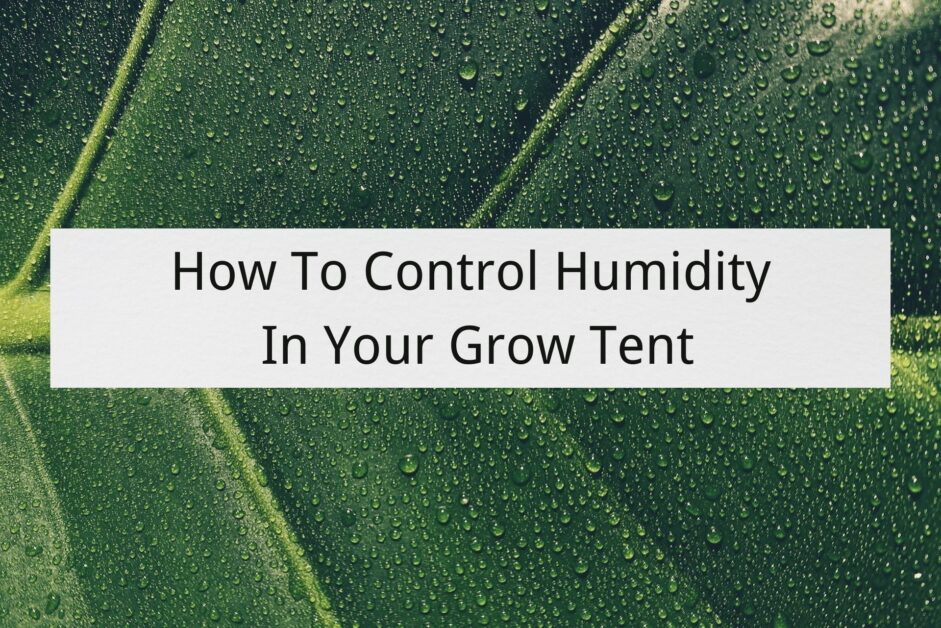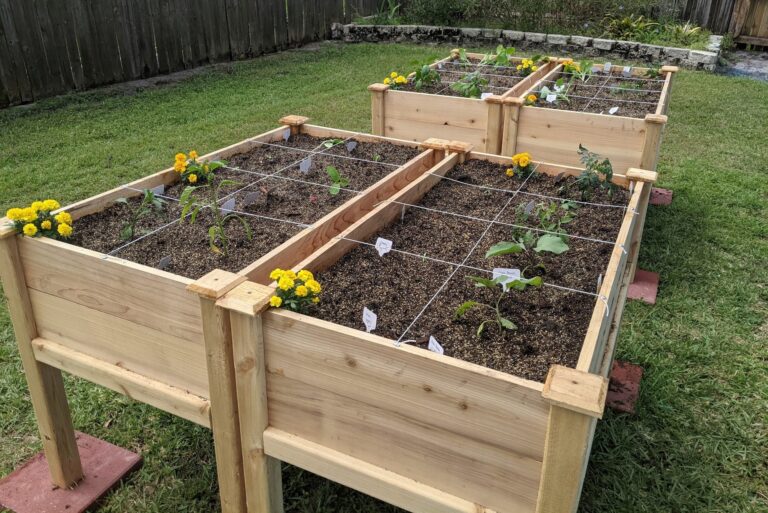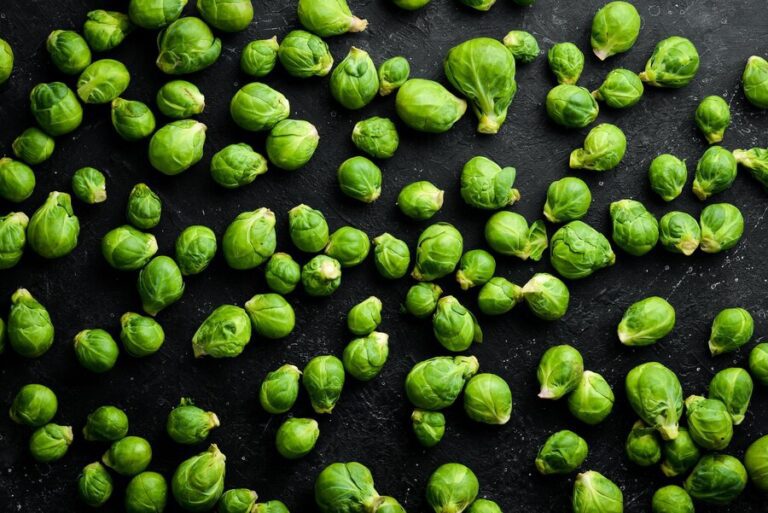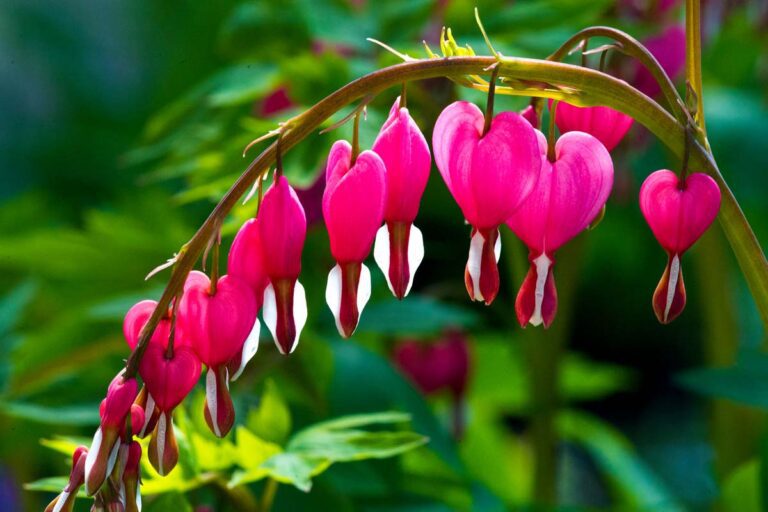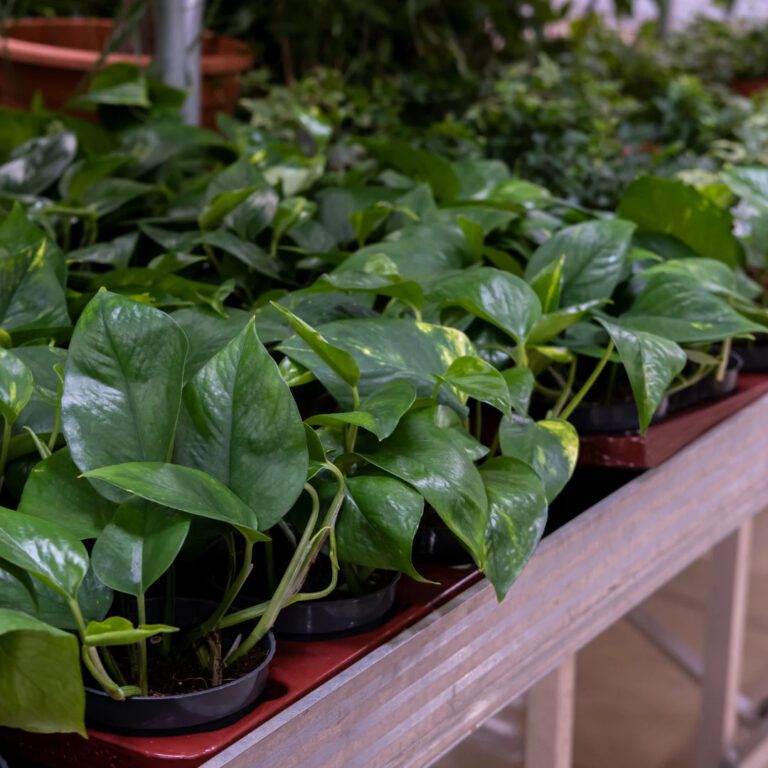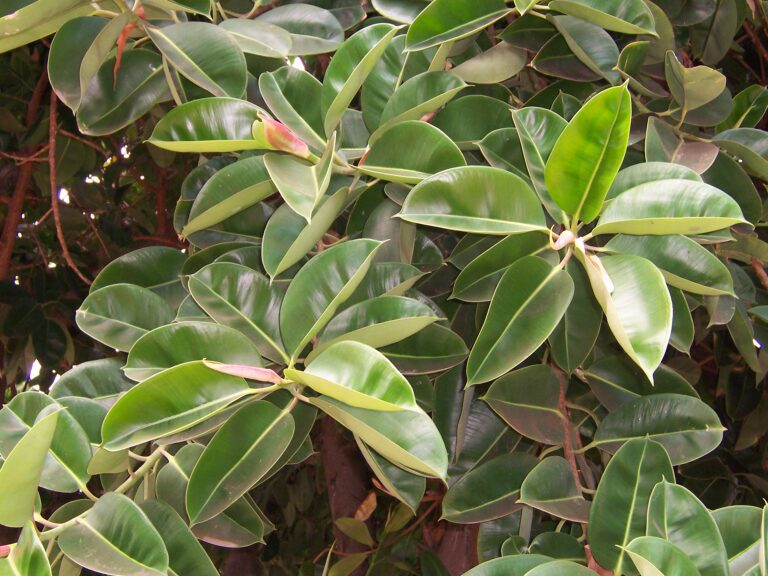Control Humidity in Grow Tent: How to Maintain the Ideal Moisture Level for Your Plants
Table of Contents
Understanding the Importance of Humidity Control in a Grow Tent
Humidity control is a crucial aspect of creating the optimal environment for plant growth in a grow tent. Maintaining the right level of moisture in the air can greatly impact the health and productivity of your plants. High humidity levels can lead to issues such as mold growth, fungal diseases, and poor nutrient absorption, while low humidity levels can cause stunted growth and leaf wilting.

One of the main reasons why humidity control is important is because plants transpire, which means they release moisture into the air through their leaves. This process helps plants to regulate their temperature and draw up nutrients from the roots. However, if the air in the grow tent is too humid, the plants will struggle to release moisture, leading to a build-up of excess water on the leaves. On the other hand, if the air is too dry, transpiration will occur at a faster rate, resulting in plants losing more moisture than they can absorb. This can lead to dehydration and hinder plant growth. Therefore, it is essential to strike the right balance and maintain the ideal humidity level for your specific plants.
By understanding the importance of humidity control in a grow tent, you can create a favorable environment for your plants to thrive. Keeping humidity levels within the optimal range will not only promote healthy growth but also minimize the risk of diseases and other issues. In the following sections, we will delve deeper into the impact of humidity on plant growth and development, the ideal moisture levels for different types of plants, and strategies to control humidity effectively. So, let’s embark on this journey to uncover the secrets of humidity control and unlock the full potential of your grow tent garden.
The Impact of Humidity on Plant Growth and Development
Humidity plays a significant role in the growth and development of plants. It is essential for gardeners and hydroponics enthusiasts to understand the impact of humidity on their plants to ensure optimal conditions for successful cultivation.
High levels of humidity can have adverse effects on plants. Excessive moisture in the air can impede transpiration, the process through which plants release water vapor. This can lead to a buildup of moisture on the plant’s surface, creating a breeding ground for pathogens and fungi. Additionally, high humidity levels can hinder the uptake of nutrients and oxygen by plant roots, hindering their growth and overall health. In extreme cases, excessive humidity can even cause foliar diseases and stunted growth.

On the other hand, low humidity can also pose challenges for plants. When the air is too dry, plants tend to lose moisture rapidly through transpiration, causing wilting and dehydration. This can be particularly problematic for delicate and moisture-sensitive plants. In such conditions, leaves may curl, turn brown, or develop scorched edges. The lack of moisture in the air can also lead to challenges in nutrient uptake and plant respiration. Therefore, maintaining an appropriate level of humidity is crucial for supporting optimal plant growth and development.
Understanding the impact of humidity on plant growth and development is vital for anyone engaged in gardening or hydroponics. By ensuring the right balance of moisture in the air, gardeners can create an environment that promotes healthy plant growth, reduces the risk of diseases, and maximizes yields. In the next section, we will delve into identifying the ideal moisture level for different types of plants, providing valuable insights into establishing the right humidity conditions in your grow tent.
Identifying the Ideal Moisture Level for Different Types of Plants
Maintaining the ideal moisture level is crucial to the successful growth of different types of plants in a grow tent. Each plant species has specific requirements when it comes to moisture, and understanding these needs is essential for providing optimum growing conditions.
For example, tropical plants such as orchids and ferns thrive in higher moisture environments. These plants prefer humidity levels between 50% to 70% to mimic their natural habitat. On the other hand, succulents and cacti, which are adapted to arid conditions, require lower humidity levels of around 40% to prevent root rot and fungal diseases.
To identify the ideal moisture level for your plants, it is recommended to consult reputable gardening references, botanists, or horticultural experts. These sources can provide valuable insights into the specific requirements of various plants, helping you create the right environment in your grow tent. Additionally, conducting research on plant-specific guides or visiting online forums can also provide valuable recommendations from experienced gardeners who have successfully grown similar plants under controlled conditions. By understanding and implementing the ideal moisture levels for different types of plants, you can ensure healthy growth and maximize your gardening success in the grow tent.
Choosing the Right Humidity Control Equipment for Your Grow Tent

When it comes to choosing the right humidity control equipment for your grow tent, there are a few key factors to consider. The size of your grow tent, the specific humidity needs of your plants, and your budget will all play a role in determining the best option for you.
One common option for controlling humidity in a grow tent is a dehumidifier. Dehumidifiers work by removing excess moisture from the air, helping to prevent mold and fungal growth. They are particularly useful in high-humidity environments or during the flowering stage of plant growth when humidity needs to be kept in check. It’s important to choose a dehumidifier with the appropriate capacity for your grow tent to ensure effective moisture control without drying out your plants. Additionally, consider the energy consumption, noise level, and ease of maintenance when selecting a dehumidifier for your setup.
Another option to consider is a humidifier, which is used to increase moisture levels in the grow tent. Humidifiers are especially beneficial during the vegetative stage or if you are growing plants that prefer higher humidity levels. There are different types of humidifiers available, including ultrasonic and evaporative models. Ultrasonic humidifiers create a fine mist by using ultrasonic vibrations, while evaporative humidifiers use fans to evaporate water and add moisture to the air. Consider factors such as coverage area, ease of use, and noise level when selecting a humidifier for your grow tent.
Overall, choosing the right humidity control equipment for your grow tent depends on the specific needs of your plants, the size of your grow tent, and your budget. By considering these factors and exploring the different options available, you can ensure optimal humidity levels for healthy plant growth.
Proper Ventilation Strategies to Regulate Humidity Levels
Proper ventilation plays a crucial role in regulating humidity levels within your grow tent. It allows for the exchange of air, helping to remove excess moisture and maintain an optimal environment for plant growth. Without adequate ventilation, humidity can rise to detrimental levels, leading to a host of issues such as mold, disease, and stunted plant development.
To ensure effective ventilation, it is important to have a well-designed airflow system in your grow tent. This system should consist of intake and exhaust fans strategically placed to facilitate the movement of air. The intake fan brings in fresh air from outside the tent, while the exhaust fan removes stale air and humidity. It is essential to position these fans correctly to create a consistent, gentle airflow that circulates throughout the entire tent.
Additionally, utilizing carbon filters alongside your exhaust fan can help to eliminate unwanted odors and control humidity at the same time. The carbon filter acts as a barrier, trapping odor particles as air passes through it, while still allowing for proper airflow. This combination of ventilation and odor control ensures a healthy and balanced grow tent environment for your plants.
Certainly! Here’s a table summarizing proper ventilation strategies to regulate humidity levels in your indoor growing environment without including credible links:
| Proper Ventilation Strategies to Regulate Humidity Levels | Key Strategies | Instructions |
|---|---|---|
| 1. Install Proper Ventilation Equipment | – Invest in quality exhaust fans and intake vents. | – Install exhaust fans near the top of the grow area to remove hot, humid air, and intake vents near the bottom to bring in fresh air. |
| 2. Set Up Exhaust Fans for Air Exchange | – Calculate the required air exchange rate for your grow space. | – Determine the appropriate size and number of exhaust fans based on the volume of your grow area and desired air exchange rate. |
| 3. Use Dehumidifiers to Control Humidity | – Place dehumidifiers strategically in your grow space. | – Monitor humidity levels regularly and adjust the settings on your dehumidifiers as needed to maintain optimal humidity levels. |
| 4. Incorporate Air Circulation Fans | – Add oscillating fans to improve air circulation. | – Position fans to create gentle airflow across plants and help distribute heat and humidity evenly throughout the grow space. |
| 5. Monitor and Adjust Ventilation Settings | – Use hygrometers and thermometers to monitor humidity and temperature. | – Regularly check the readings and adjust ventilation settings as needed to maintain humidity levels within the desired range. |
| 6. Implement Passive Ventilation Techniques | – Utilize passive ventilation methods for supplemental airflow. | – Install vents or louvers to allow natural airflow, especially during the cooler hours of the day, to help regulate humidity levels. |
| 7. Seal Leaks and Insulate Grow Space | – Check for and seal any leaks or gaps in your grow room. | – Properly insulate walls and ceilings to prevent heat and moisture exchange with the external environment. |
Using Dehumidifiers to Lower Humidity in Your Grow Tent
Dehumidifiers play a crucial role in maintaining optimal humidity levels in your grow tent. Excessive humidity can lead to a variety of issues such as mold and fungal growth, stunted plant growth, and decreased yields. By using dehumidifiers, you can effectively lower the humidity and create a more favorable environment for your plants to thrive.
When selecting a dehumidifier for your grow tent, it is essential to consider the size and capacity of the unit. The size of your grow tent will determine the amount of moisture that needs to be extracted. It is recommended to choose a dehumidifier that can handle the specific requirements of your grow tent to ensure efficient operation.
Most dehumidifiers utilize refrigeration or desiccant technology to remove excess moisture from the air. Refrigeration dehumidifiers work by drawing in moist air, cooling it, and collecting the resulting condensation. On the other hand, desiccant dehumidifiers use a moisture-absorbing material to extract water vapor from the air. Both types of dehumidifiers have their advantages and limitations, so it is crucial to consider your specific needs and preferences when making a choice.
Using a dehumidifier in your grow tent requires proper placement to maximize its effectiveness. It is recommended to position the dehumidifier near the source of moisture, such as the nutrient reservoir or the plant canopy. Additionally, ensure that the airflow in your grow tent is not obstructed, as this can hinder the dehumidification process.
Regular monitoring of humidity levels is essential when using a dehumidifier. Invest in a hygrometer, a device that measures humidity, to keep track of the moisture content in your grow tent. Aim for a relative humidity (RH) range that is suitable for the specific plants you are growing. Most plants thrive in a RH range of 40% to 60%, but this can vary depending on the plant species and growth stage.
By incorporating a dehumidifier into your grow tent setup, you can effectively lower humidity levels, create an optimal environment for plant growth, and prevent potential issues that can hinder your gardening endeavors. However, it is important to ensure proper maintenance and regular cleaning of your dehumidifier to maintain its efficiency and prolong its lifespan. In the next section, we will explore the implementation of humidifiers to increase moisture in your grow tent.
Implementing Humidifiers to Increase Moisture in Your Grow Tent
Humidifiers play a crucial role in maintaining optimal moisture levels within a grow tent, promoting healthy plant growth and improving overall yield. By increasing humidity, these devices create a favorable environment that helps plants thrive. However, it is important to understand the proper implementation of humidifiers to avoid potential issues.
When implementing a humidifier in your grow tent, it is essential to consider the specific moisture requirements of your plants. Different plant species have varying humidity preferences, and providing the ideal moisture level is crucial for their development. By researching and understanding the specific needs of your plants, you can adjust the humidity settings on the humidifier accordingly.
Additionally, it is important to strategically position the humidifier within the grow tent to maximize its effectiveness. Placing the humidifier near the plant canopy allows for the moisture to circulate more efficiently, ensuring that the plants receive the benefits of increased humidity. However, it is crucial to ensure that the humidifier is not directly spraying water onto the plants, as excessive moisture can lead to issues such as mold or fungal growth.
In conclusion, implementing humidifiers to increase moisture in your grow tent can significantly impact the growth and development of your plants. By understanding the specific humidity requirements of your plants and strategically positioning the humidifier, you can create an optimal environment that promotes healthy and vigorous growth. However, it is important to monitor humidity levels regularly and make adjustments as needed to prevent any potential negative consequences.
Monitoring and Adjusting Humidity Levels with a Hygrometer
A hygrometer is an invaluable tool for monitoring and adjusting humidity levels in your grow tent. By accurately measuring the moisture content in the air, a hygrometer allows you to maintain optimal conditions for your plants’ growth and development.
To use a hygrometer, simply place it at plant level in your grow tent and give it some time to acclimate to the environment. Once the hygrometer has stabilized, it will provide you with a real-time reading of the relative humidity (RH) in your grow tent. This measurement is expressed as a percentage and indicates how saturated the air is with moisture.
With this information at hand, you can make informed decisions about whether to increase or decrease humidity levels in your grow tent. If the RH is too low, your plants may suffer from dryness and wilting. On the other hand, if the RH is too high, you run the risk of mold and fungal growth. By regularly monitoring the RH with a hygrometer, you can take appropriate action to maintain the ideal humidity range for your plants’ specific needs.
Preventing Mold and Fungal Growth by Maintaining Optimal Humidity
Maintaining optimal humidity levels is crucial in preventing mold and fungal growth in your grow tent. Excessive moisture in the air creates the perfect breeding ground for these harmful pathogens, which can wreak havoc on your plants and hinder their growth. By understanding the role of humidity in the growth cycle and implementing proper control measures, you can effectively safeguard your plants from these potential threats.
Molds and fungi thrive in environments where the relative humidity exceeds 70%. When the air is too damp, they can spread rapidly, leading to diseases and overall plant deterioration. To prevent this, it is essential to maintain a healthy balance of humidity within your grow tent. Ideally, most plants thrive in humidity levels ranging from 40% to 60%. However, specific plant varieties may require slightly different moisture levels, so it is crucial to research the optimal conditions for your particular plant species. By closely monitoring and adjusting the humidity with the help of a hygrometer, you can create an environment that encourages healthy plant growth while hindering the development of mold and fungi.
Strategies for Controlling Humidity During Different Stages of Plant Growth
Controlling humidity levels during different stages of plant growth is crucial for their overall health and productivity. Various strategies can be employed to maintain optimal humidity and create the ideal environment for your plants to thrive.
During the seedling stage, it is essential to provide a high humidity environment to promote successful germination and early growth. This can be achieved by placing a clear plastic dome or using a humidity dome to trap moisture around the seedlings. The dome should be removed as soon as the plants have developed a few true leaves to allow for proper air circulation and prevent the risk of fungal diseases.
As the plants transition to the vegetative stage, it is important to gradually decrease the humidity levels. Excessive moisture during this stage can contribute to mold growth and hinder the plant’s ability to absorb nutrients through its roots. A humidity level between 40-60% is generally considered optimal for vegetative growth. Proper ventilation and the use of fans can facilitate the air exchange, ensuring that the humidity remains within the desired range.
As the plants enter the flowering stage, it is crucial to maintain a lower humidity level. A higher humidity during this stage can increase the risk of bud mold or powdery mildew, especially in densely packed flowering sites. Lowering the humidity to around 40-50% can help prevent these issues and maintain the quality of your harvest. Regular monitoring with a hygrometer and adjusting humidity levels accordingly is key to achieving the best results throughout the different stages of plant growth.
Stay tuned for the next sections of this article, where we will explore more strategies for humidity control in a grow tent, ensuring your plants receive the optimal conditions for healthy and robust growth.
The Importance of Proper Air Circulation for Humidity Control
Proper air circulation is crucial when it comes to humidity control in a grow tent. Without adequate ventilation, excessive moisture can accumulate, leading to unfavorable conditions for plant growth. Air circulation not only helps to regulate humidity levels but also promotes healthier plants by preventing the buildup of stagnant air and providing fresh oxygen.
One of the main benefits of good air circulation is the prevention of high humidity pockets within the grow tent. When air is stagnant, humidity can accumulate in certain areas, creating conditions that are ripe for mold and fungal growth. By promoting air movement, you can effectively disperse moisture and reduce the risk of such problems. Additionally, improving air circulation ensures a steady exchange of gases, allowing plants to receive the necessary carbon dioxide for photosynthesis.
To achieve optimal air circulation, there are a few strategies you can employ. Firstly, positioning fans strategically throughout the grow tent can help maintain a steady flow of air. Consider placing one fan at the bottom of the tent to draw in fresh air, and another at the top to expel stale air. This creates a continuous cycle that helps regulate humidity levels. Furthermore, utilizing oscillating fans helps to distribute air evenly, ensuring all plants receive adequate airflow. Remember, proper air circulation is a vital component of maintaining the ideal humidity levels for your plants’ growth and development.
Common Mistakes to Avoid When Controlling Humidity in a Grow Tent
When it comes to controlling humidity in a grow tent, there are certain mistakes that gardeners often make. One common mistake is neglecting proper ventilation. Without adequate airflow, humidity can build up and lead to issues like mold and fungal growth. It is important to have fans or exhaust systems in place to circulate the air and create a balanced environment.
Another mistake to avoid is overwatering your plants. Excessive watering can contribute to high humidity levels in the grow tent. It is essential to understand the water requirements of your specific plants and only provide them with the necessary amount of moisture. Overwatering not only increases humidity but also puts your plants at risk of root rot and other water-related diseases.
By addressing these common mistakes and ensuring proper ventilation and watering practices, you can effectively control humidity in your grow tent and create an ideal environment for your plants to thrive.
Troubleshooting Tips for Humidity Control Issues in Your Grow Tent
When it comes to growing plants in a controlled environment, humidity control plays a crucial role in ensuring successful growth and development. However, sometimes issues arise that can affect your ability to maintain optimal humidity levels in your grow tent. In this section, we will explore some troubleshooting tips to help you address humidity control issues and keep your plants thriving.
One common issue that growers face is high humidity levels in their grow tent. Excessive moisture in the air can lead to mold and fungal growth, which can be detrimental to your plants’ health. To address this issue, it is important to first ensure proper ventilation. Increasing air circulation within the grow tent can help to reduce humidity levels. Consider installing fans or exhaust systems that can effectively move air in and out of the tent, allowing for adequate air exchange.
Another troubleshooting tip for high humidity is to use dehumidifiers. These devices are designed to remove excess moisture from the air, helping to lower humidity levels in your grow tent. Look for dehumidifiers with adjustable settings that allow you to control the desired humidity level. Additionally, it is important to regularly monitor the humidity levels using a hygrometer. This will provide you with real-time data and allow you to make informed adjustments to maintain the ideal moisture range for your plants. By implementing these troubleshooting tips, you can effectively address high humidity issues in your grow tent and create a healthier environment for your plants’ growth.
What is the ideal humidity level for seed germination in a grow tent?
The ideal humidity level for seed germination in a grow tent is typically between 70% and 90%.
How can I lower humidity levels in my grow tent without using a dehumidifier?
Besides using a dehumidifier, you can lower humidity levels in your grow tent by increasing ventilation, using fans, and adjusting the temperature.
Can I use a regular household dehumidifier in my grow tent?
Yes, you can use a regular household dehumidifier in your grow tent, but make sure to choose one that is appropriate for the size of your grow tent.
How often should I check the humidity levels in my grow tent?
It is recommended to check the humidity levels in your grow tent at least once a day, preferably in the morning when the temperature is cooler.
Can I use a humidifier to increase humidity levels in my grow tent during the flowering stage?
Yes, using a humidifier during the flowering stage can help maintain optimal humidity levels for certain plants that thrive in a higher humidity environment.
Is it possible to control humidity levels in a grow tent without using any equipment?
While it is possible to control humidity levels in a grow tent without using equipment, it is generally more effective and convenient to use humidity control equipment such as dehumidifiers or humidifiers.
Can high humidity levels in a grow tent cause nutrient deficiencies in plants?
Yes, high humidity levels in a grow tent can lead to nutrient deficiencies as it can interfere with the plant’s ability to absorb nutrients from the soil.
What are some signs of excessive humidity in a grow tent?
Some signs of excessive humidity in a grow tent include condensation on the tent walls, damp soil, mold or fungal growth, and wilting or drooping leaves.
Is it necessary to adjust humidity levels during different stages of plant growth?
Yes, it is necessary to adjust humidity levels during different stages of plant growth as each stage may require different humidity conditions for optimal growth and development.
Can I use a hygrometer to monitor humidity levels in my grow tent?
Yes, a hygrometer is a useful tool for monitoring humidity levels in a grow tent. It can provide accurate and real-time measurements, allowing you to make necessary adjustments.

